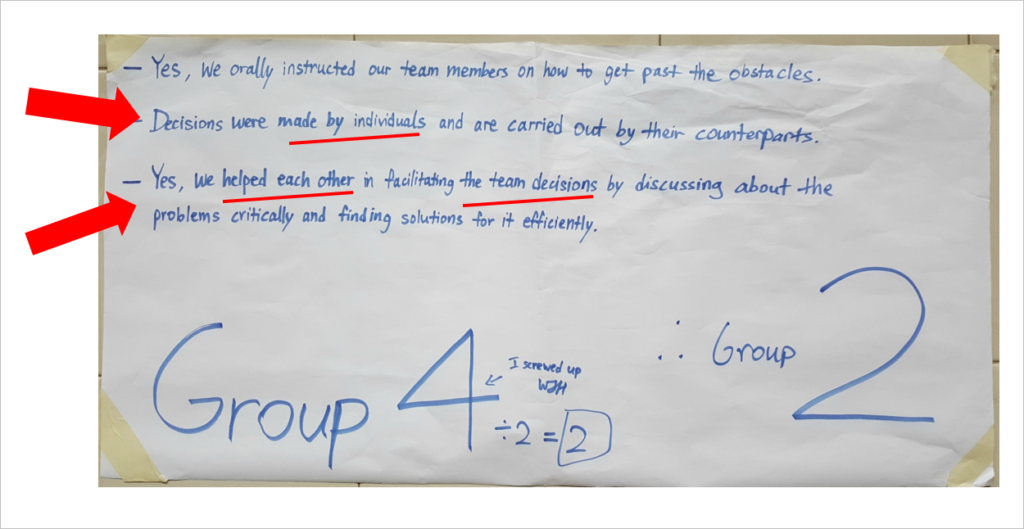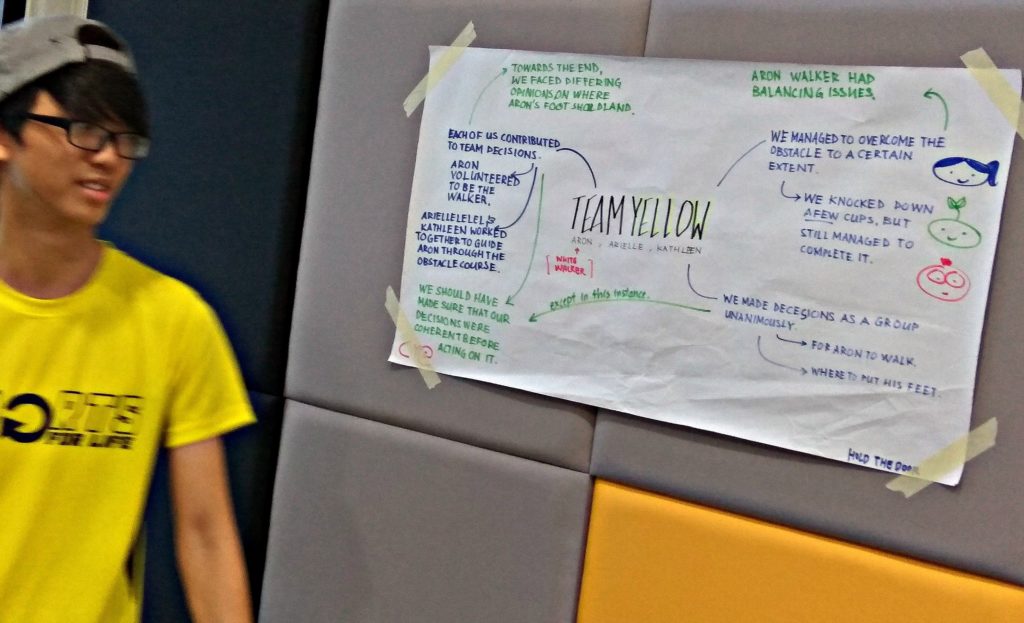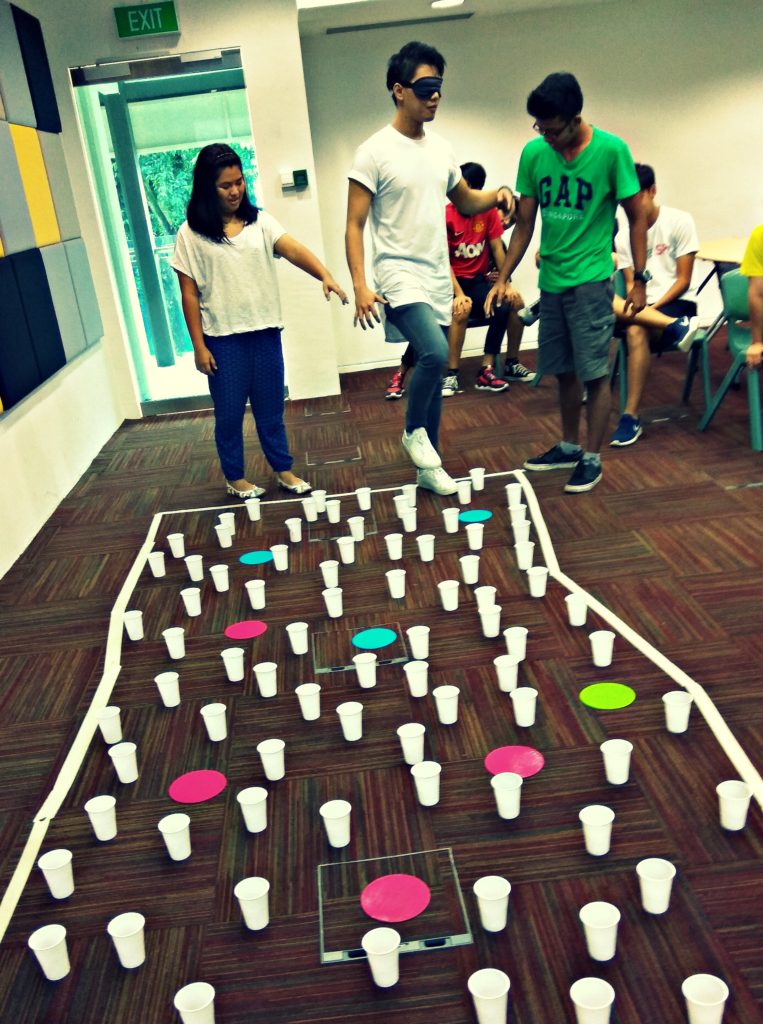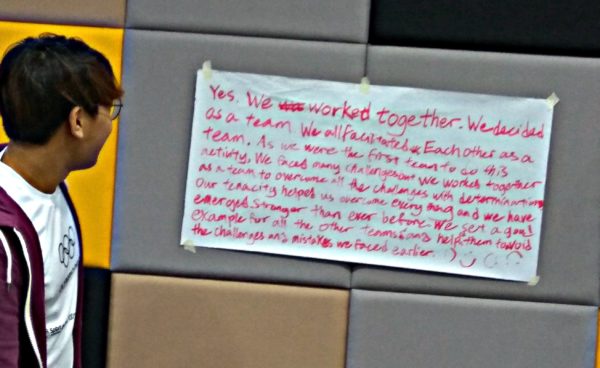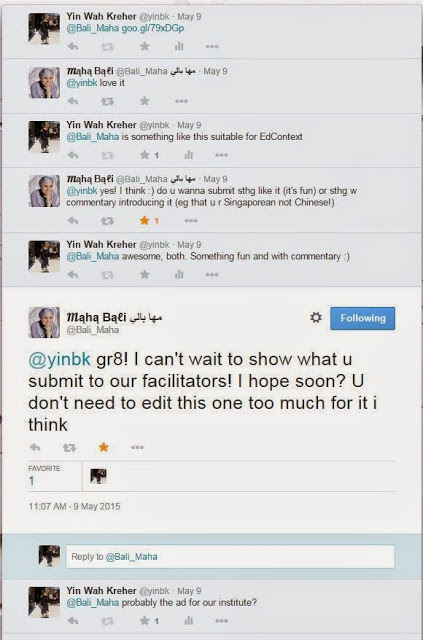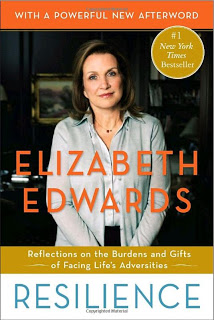Visible Thinking: Land Mines for Explosive Learning
Those who teach know that on some days we question if what we do is making any dent in our students’ armors (shields some put up, unintentionally, maybe). This week had one of those days, and several others that were not so.
Those good learning-teaching days? They are not of the kind Tim Slater wrote about. The kind where students sit passively to just watch me, watch videos, take notes (or not) and listen (or not).
No, a good teaching/learning facilitation day is when the students speak, a lot, with focus and relevance. They question. They participate experientially. And in various other ways.
In this digital age, it means I did not have to stop and tell someone to stop staring at the endless information feed on his/her phone or be present in mind and body. No one was playing computer games on his/her laptop or phones.
The best part of those good days was I wasn’t the only one asking questions, but students spoke and critiqued each other’s posters. They asked good questions, questions that got the ball rolling and “forced” other students to respond to their questions. They advanced the discussion, while their classmates thought about the things they had done and what they had written.
This doesn’t happen often enough, but when it does, thinking is taking place, and learning is happening. I feel gratified to see that sparkle in their eyes and the effort to communicate evidenced in their shy giggles and explanations.
The classes become boisterous. But it’s a good kind of noise. For a team experiential learning challenge. Students learn to solve complex problems, reflect, think critically, synthesize, and learn from the consequences, mistakes and successes.
I thank those who share great teaching ideas openly so that I can incorporate them in my classes. I can tweak my lessons to increase the probability that learning happens. That thinking happens.
Wonder, and wonderful things still happen in the classroom. Below are some of my students’ reflective writing posters and quick notes.
This group of students (see figure above) wrote about their Team Land Mine experience. To another student, they seemed to be contradicting themselves with some of their phrases. Rightly so, the team was questioned and a lively discussion ensured. I was glad that someone was thinking through the writing very quickly and asking for clarification.
From another team of students, here are some great reflective notes done in a non-linear style:
Two students are trying to coach the blindfolded member to navigate the Land Mine.
Yes, as this student pointed out, being the first team to do the activity in the room with space constraints, they had no one to model after or learn from. That was a good point to raise. This sort of thinking, and other ideas indicated in their posters and speech demonstrated outwardly what they were thinking inside, no matter how messy that thinking might be.
For me the facilitator, there were a few things to take note of:
- Leave more time for students to reflect and present (too little time and too rushed)
- Have them pose questions instead of posing questions for them to answer
- Reward effort with some prizes
This activity left me wondering how I would transfer this to an online setting. Tony Bates has written about this and I am currently exploring more research on this topic. Some universities have shared openly about their programs. Many thanks to them and I hope to curate some resources to share with others, soon.
